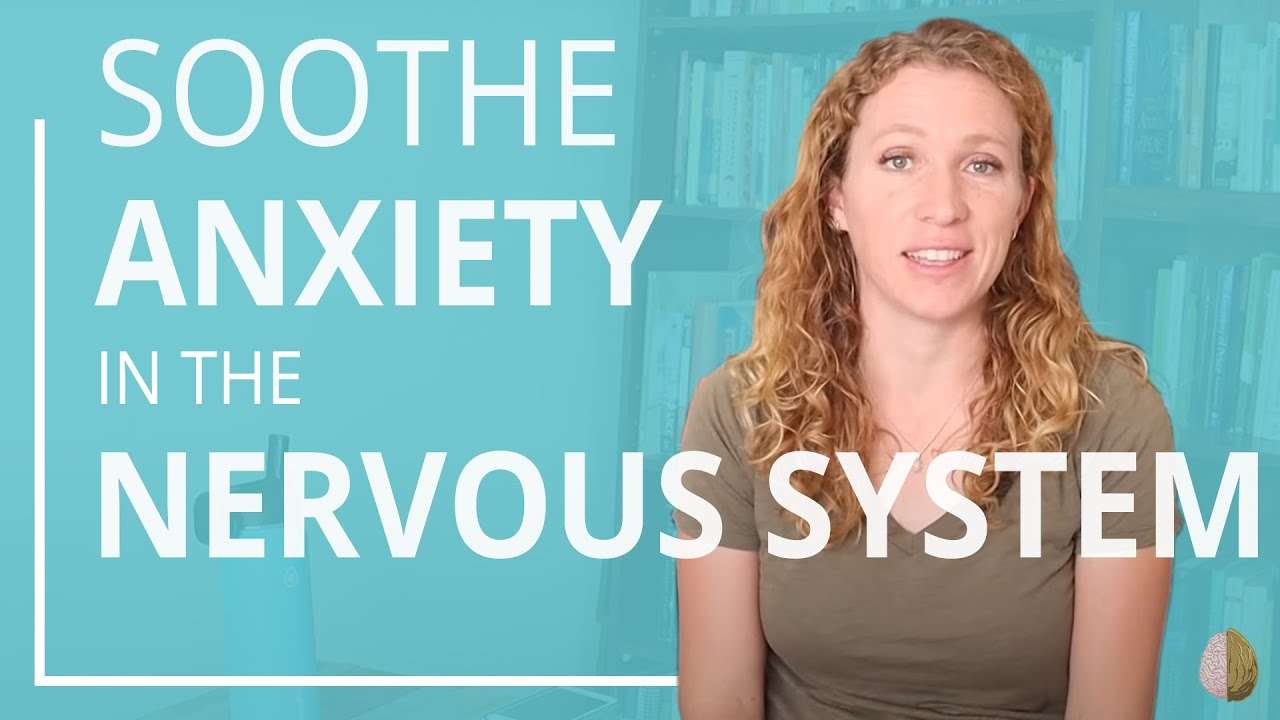“A calm body creates a calm mind”- Gayatri Devi
I once read a story about a woman who adopted a stray dog that she found wandering the highway. He was a sweet mutt, good with kids, well-behaved, and he didn’t make messes in the house.
The only downside was that every time they got into the car, he would get worked up into a tizzy. He would run back and forth in the back seat, frantically panting and whining with anxiety. And as if that wasn’t bad enough, he would then throw up all over the back seat. This happened every time they got into the car.
You can imagine the dog owner was about at her wits’ end. In desperation, she decided to take the dog to a trainer and ask for help. The trainer taught the woman to teach the dog to be calm by having the dog lay down in the car. She explained that when the dog’s body is in a calm position, it sends messages to the brain that he is safe and triggers him to relax.
The woman started working with the dog every day, putting him in the car, gently making him lay down, and before long he stopped throwing up in her car. Problem solved!
In previous sections in this course, we learned that our emotional reactions are much deeper than our thoughts. They show up in the body and are powered by the fight/flight/freeze response in our limbic system.
Now we are going to talk about how to soothe anxiety in your nervous system through the skill of self-regulation. Basically, this means calming down your nervous system and creating the physiological response of feeling safe when we are actually safe.
Is it possible to have an anxiety disorder or PTSD if your body is calm? I’ve worked with many professional trauma educators who say that you cannot have PTSD or anxiety disorders in a relaxed body.
Anxiety and PTSD are the outward symptoms of having your nervous system stuck in high alert, when your amygdala is sending the message that you’re in danger and triggering that fight/flight/freeze response. This is why anxiety is something you feel in your stomach and PTSD locks you into hypervigilance, jumping at the slightest threat — because your nervous system is stuck in that sympathetic response.
People often feel helpless to change their stress response, and it can feel impossible because this FFF response is an autonomic reaction. However, we have more influence than we realize.
For example, when stressed, our muscles get tense without us consciously thinking about it. However, we can control our muscles when we think about it. Another example is when we feel nervous, our breathing gets shorter and shallower. But if we consciously take a deep breath, we can slow down our breathing. These are two autonomic reactions that we can influence.
We can change how stressed our body feels by doing simple techniques. The coolest thing about this is that not only does your brain send messages to your body about whether to be stressed or calm, but your body also sends messages to your brain about whether to be stressed or calm. So when we choose to breathe deeply or slowly, we choose to turn on that parasympathetic response which fosters calm.
In this section I’m going to teach you a half dozen ways to regulate your nervous system and turn on that parasympathetic response. When you practice this, you can transform your nervous system from being dominated by the stress response to being dominated by the rest-and-digest response.
The stress response is supposed to help you. It’s about performance and taking action, but it’s also supposed to be a short term reaction. It’s healthy for bursts of speed, but it becomes unhealthy when it’s chronic and the stress remains unresolved.
Take The Little house on the prairie story- they worried, they didn’t sleep, they took action, they did what they could to save the corn, some plants lived, some died, then they relaxed. Our body has a natural balancing reaction to the stress response- the parasympathetic response. But most of us don’t know how to turn it on. You can turn it on through grounding exercises or breathing exercises, but the most natural way is to simply complete a task. You feel worried about an assignment, then you turn it in. ahhhh.
This is one reason why coping skills can only go so far in helping anxiety- because anxiety is best Resolved by doing one of two things, either taking action to resolve the problem or threat or whatever it is or to practicing active acceptance letting go of the things you can’t change.
But in our virtual world, Even when we do complete a task or resolve a problem it can be hard to see the results, so find a way to acknowledge when you can “set a task down”. Make it concrete. I really like checklists, but there are lots of ways to Mark something off when you’ve completed it. You could use a physical button like Mike Boyd or Simone Giertz or give yourself some other physical, tangible way to celebrate your success.
This can be hard to do with long running stress or long term projects. But you can practice little skills to turn off stress. Something I learned from Michael Barrett, The director of the center for change-an ED tx center. Every day when I drive home from work I say a little prayer- Lord, I’ve done the best I can-they are now in your hands.
There are many ways to do this, but the basic idea is choosing when to carry something mentally heavy and when to set it down. So it could be as simple as turning off notifications on your phone or setting boundaries at work about when they can and can’t contact you.
When your job is mostly mental, emotional or virtual I also really find it helpful to choose something manual to complete. It can be really nice and relieving to see physical progress on a task.. So clean something, mow the lawn, fix something physical, there’s something about physical tasks and completion that seems to just click that aaahhh button, that parasympathetic response in our brain.
Meet Your Instructor
Hi, I’m Emma McAdam
I’m a licensed marriage and family therapist, and I love helping people change. I know that understanding mental health can be confusing and stressful. I also know that there’s hope! Your brain is wired to change, and deep healing is possible. My mission is to walk with people through that process.
I make mental health skills more accessible through YouTube videos and online courses. Therapy in a Nutshell is built around the idea that small and simple steps can turn into massive change and growth. I don’t just help people get feeling better; I help people get better at feeling.
I’ve been working in the field of change and growth since 2004. I got my Master’s degree in Marriage and Family Therapy from Utah State University, and I’m currently licensed in the state of Utah. I’ve worked in settings like juvenile corrections, wilderness therapy programs, residential treatment centers, and outpatient therapy.
Okay, so let’s try one.
This exercise can help you come down from hyperarousal and find a more balanced emotional state. It can also be used to help ground people who are in freeze mode.
Write down your anxiety on a scale of 0-10.
Sit on your chair. Feel your feet touching the ground. Stamp your left foot into the ground, then your right. Do it slowly: left, right, left. Do this several times. Feel your thighs and buttocks in contact with the seat of your chair (5 seconds). Notice if your legs and buttocks now feel more present or less present than when you started.
Now move your focus to your spine. Feel your spine as your midline. Slowly lengthen your spine and notice if it affects your breath (10 seconds). Move your focus toward your hands and arms. Put your hands together. Do it in a way that feels comfortable for you. Push your hands together and feel your strength and warmth. Release and pause, then push your hands together again. Release and rest your arms.
Now move your focus to your eyes. Look around the room. Find something that tells you that you are here. Remind yourself that you are here, now, and that you are safe. Notice how this exercise affects your breathing, your presence, your mood, and your strength.
Go ahead and rate your anxiety on a scale from 0-10 again. It’s not necessarily going to drop every time you do one of these activities, but if you practice them over and over you’ll notice a change over time.
The more you practice grounding, the better you will get at inviting feelings of calm and moving through feelings of anxiety.
This is part of a 30-section course, How to Process Emotions. Check out the full course with added bonuses below.



